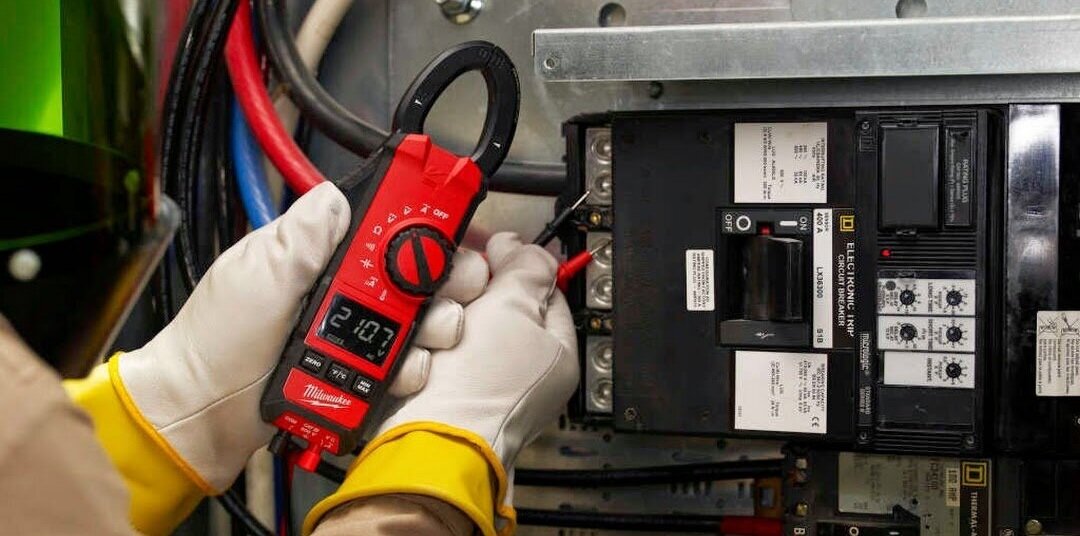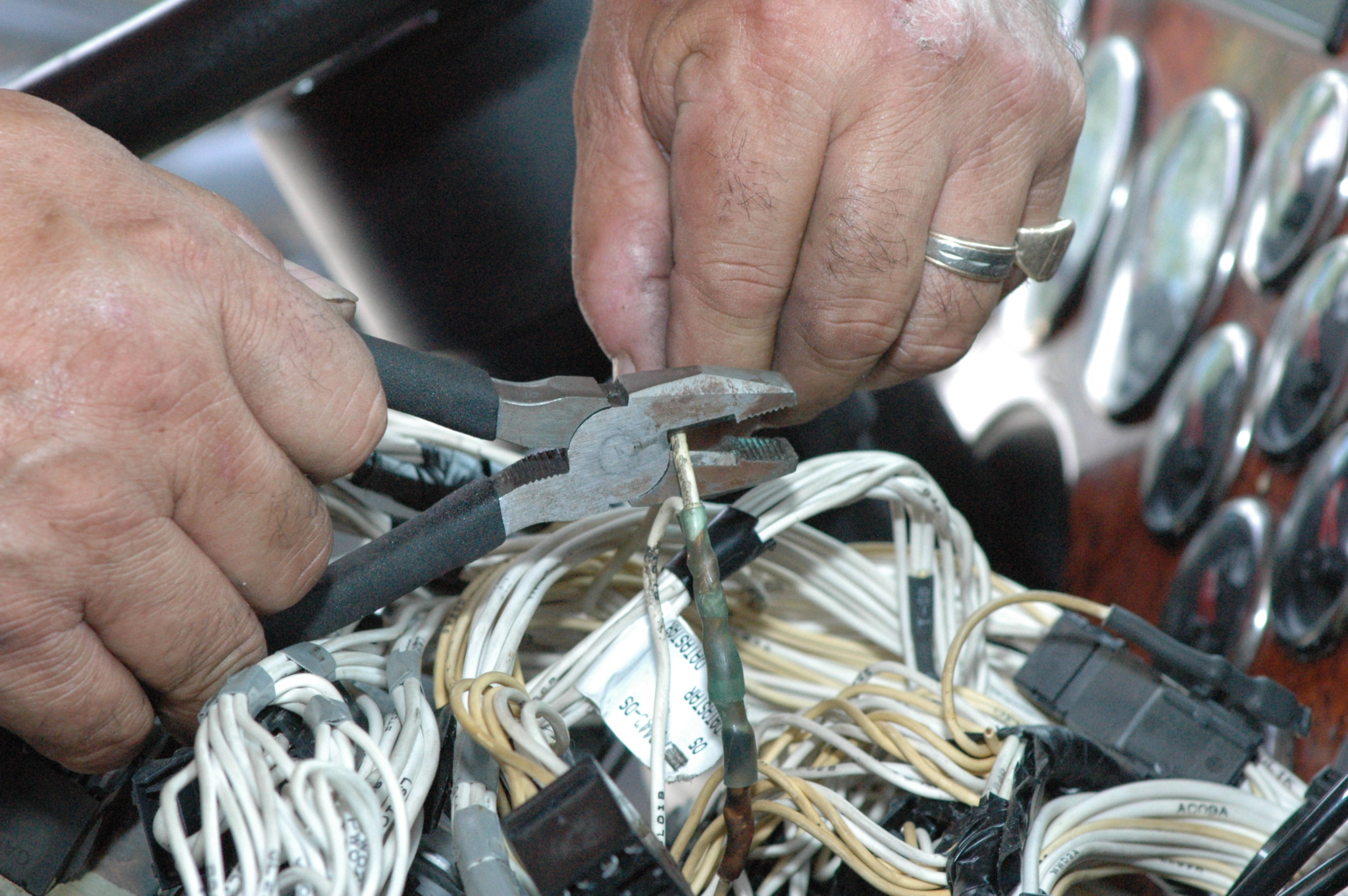Maintain total compliance through trusted regulatory compliance assistance.
Maintain total compliance through trusted regulatory compliance assistance.
Blog Article
Leading Tips for Effective Electrical System Troubleshooting
Repairing electrical systems requires a systematic technique, grounded in an extensive understanding of electrical concepts and safety methods. The subtleties of reliable troubleshooting extend beyond mere technological understanding; recognizing how to document findings and focus on safety and security can substantially affect outcomes.
Understand the Essentials
Recognizing the fundamentals of electric systems is important for effective troubleshooting, as a strong structure permits specialists to detect and fix issues much more efficiently. A detailed understanding of electric concepts, such as voltage, present, resistance, and power, is crucial in determining the origin of problems. Voltage is the electric possible difference that drives present through a circuit, while resistance opposes the circulation of existing, influencing the general functionality of the system.
Knowledge with circuit components, including resistors, capacitors, diodes, and switches over, is likewise paramount. Each component plays a distinctive function in circuit actions and can affect efficiency when malfunctioning. In addition, recognizing series and parallel circuit configurations is important, as these arrangements affect the circulation of voltage and existing within the system.
Additionally, understanding of safety and security methods is important. Technicians have to recognize possible dangers, such as shock and short circuits, to apply risk-free troubleshooting techniques. By understanding these fundamental principles, service technicians enhance their ability to perform effective diagnostics and repair services, ultimately resulting in improved efficiency and reliability of electric systems. This foundational knowledge is the keystone of successful fixing undertakings.
Gather Necessary Devices
Reliable troubleshooting of electrical systems requires the appropriate set of tools to identify and solve issues accurately. Crucial devices consist of a multimeter, which determines voltage, present, and resistance, permitting for exact analyses of electrical parts.
Additionally, insulated hand devices such as screwdrivers, pliers, and wire strippers are crucial for securely adjusting electrical links. It is also advisable to have a circuit tester available to confirm the existence of voltage in electrical outlets and wires. For more complex systems, a thermal imaging electronic camera can aid spot overheating parts, suggesting prospective failures.

Comply With a Methodical Approach
Having actually gathered the proper tools, the following action in troubleshooting electric systems is to adhere to a methodical approach. A methodical technique makes certain that professionals can recognize faults effectively and properly, minimizing downtime Full Report and stopping unneeded repairs.
Begin by evaluating the system's schematic diagrams and specifications. Recognizing the layout and functional criteria will give context for detecting concerns. Next, isolate the trouble area by utilizing a procedure of removal. This entails monitoring each component methodically, beginning from the source of power and functioning in the direction of the load.
Utilize screening devices, such as multimeters and oscilloscopes, to collect unbiased data concerning voltage, existing, and resistance at various points within the system. This empirical evidence will assist your troubleshooting efforts and assist to verify or eliminate possible causes of failure.
Furthermore, take into consideration environmental factors that might influence the system's performance, such as temperature fluctuations read the full info here or moisture ingress. A comprehensive inspection of circuitry, connections, and parts will certainly make certain that all opportunities are represented.
File Your Searchings For
Complete paperwork is vital in the fixing procedure of electric systems. Precise records boost the efficiency of recognizing recurring problems and facilitate communication amongst employee. Each searching for should be meticulously noted, consisting of signs and symptoms observed, examinations carried out, and the outcomes of those examinations. electrical system troubleshooting. This technique not only help in recognizing the origin reason of the trouble yet likewise acts as a recommendation for future repairing initiatives.

Additionally, maintaining a log of components changed or fixings carried out is indispensable. This information supports supply administration and can help examine the longevity and integrity of specific parts.
Eventually, the paperwork process must be extensive yet succinct, enabling very easy access and testimonial - electrical system troubleshooting. By focusing on detailed documents, specialists can create a valuable expertise base that not just aids in present troubleshooting yet also empowers future maintenance efforts, thereby enhancing general system reliability

Prioritize Safety And Security Actions
Identifying the inherent threats connected with electric systems is critical for ensuring safety during troubleshooting. Electric shock, burns, and equipment damage are just a few of the potential risks that service technicians face. Focusing on safety procedures is not just a lawful obligation yet likewise a moral essential that safeguards both the service technician and the surrounding like it atmosphere.
Before beginning any troubleshooting job, service technicians need to don proper individual protective devices (PPE), including shielded handwear covers, safety and security glasses, and flame-resistant clothes. Guaranteeing that the workplace is dry and devoid of mess can dramatically decrease the risk of accidents. It is important to de-energize circuits prior to starting any type of job, validating that they are not live with the use of a multimeter or voltage tester.
Developing clear interaction methods with employee is likewise crucial; this guarantees that everybody knows possible dangers and the standing of the electric system being functioned on. Having an emergency action plan in location can prove important in the event of a case. By prioritizing safety and security measures, technicians can successfully minimize threats and promote a much safer work environment.
Verdict
Efficient electrical system repairing counts on a detailed understanding of fundamental concepts and a systematic method. Focusing on safety steps makes certain the health of people included and the stability of the electric system.
Report this page